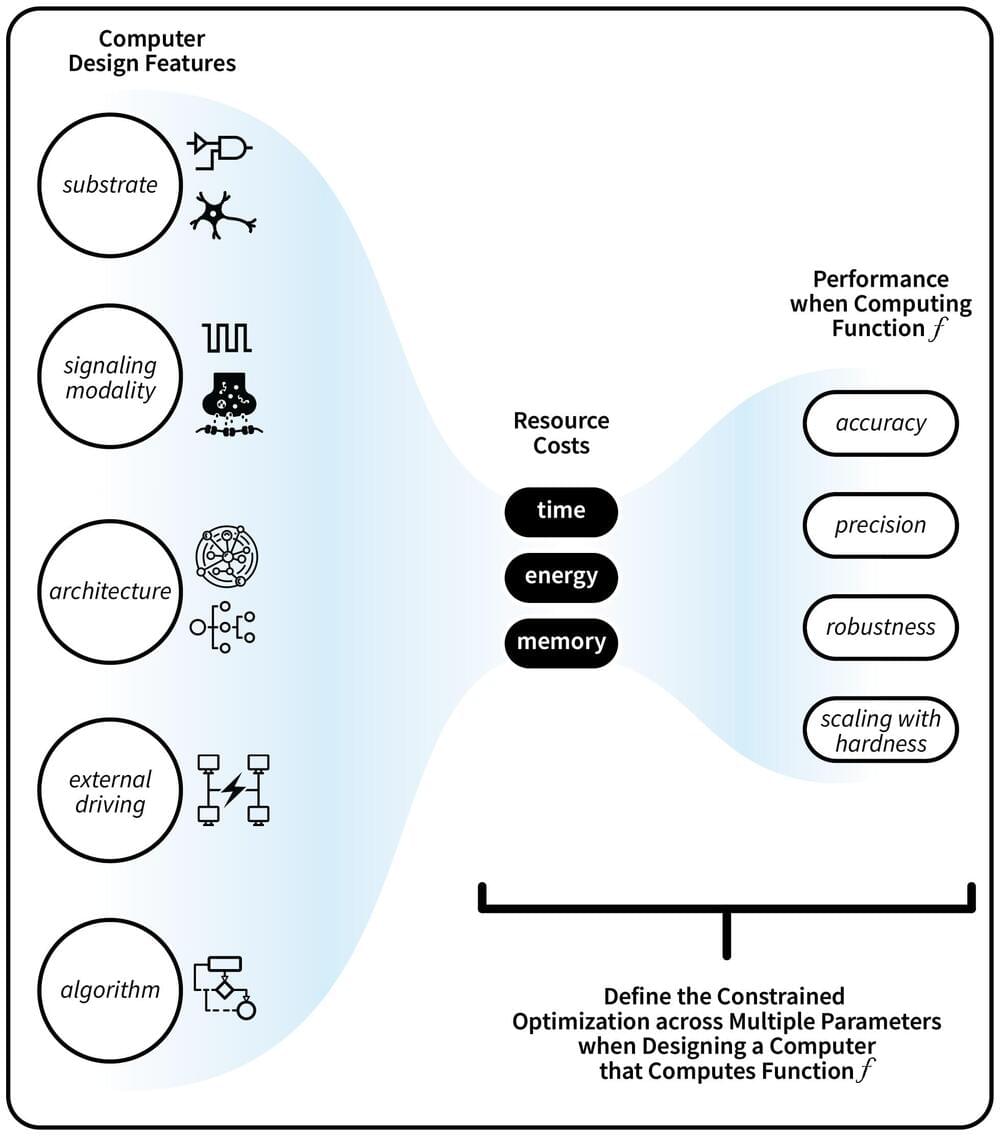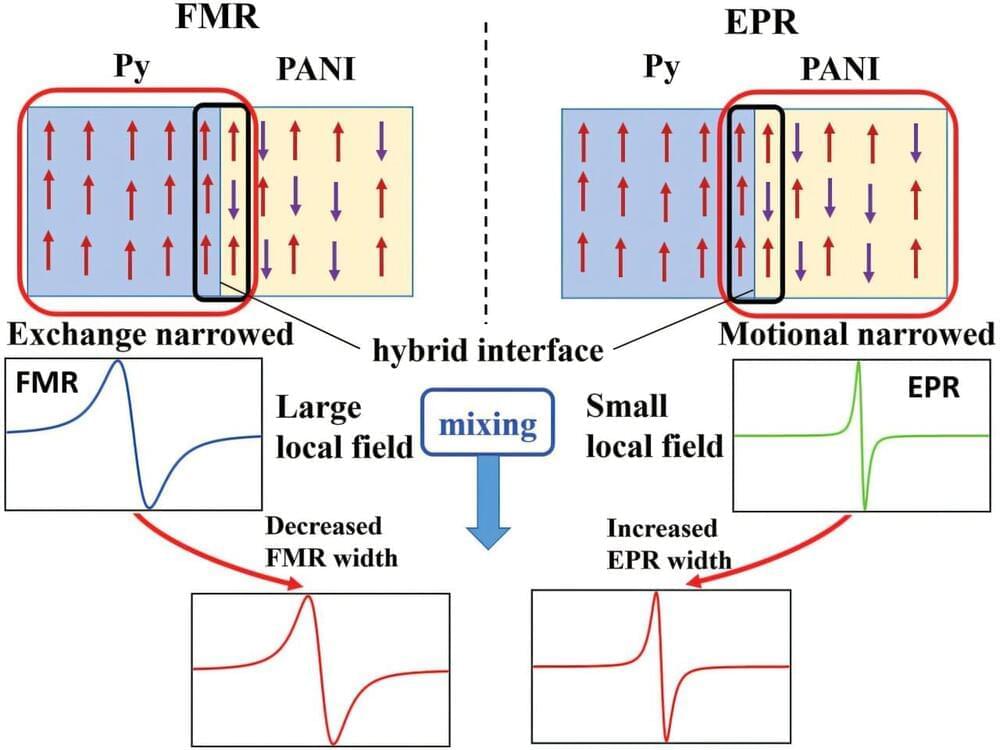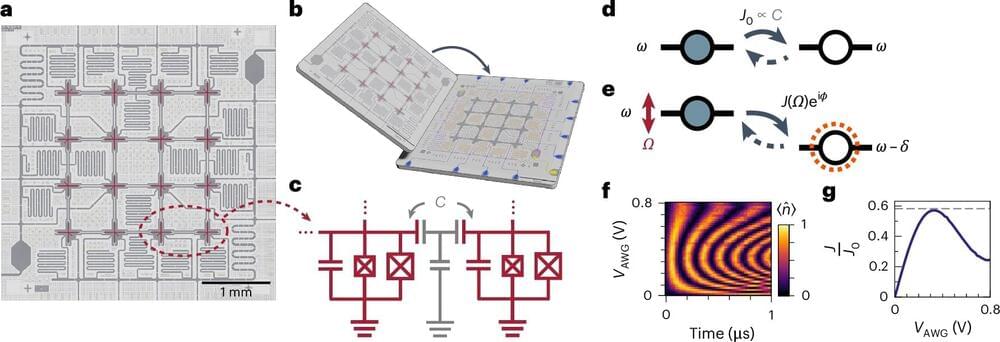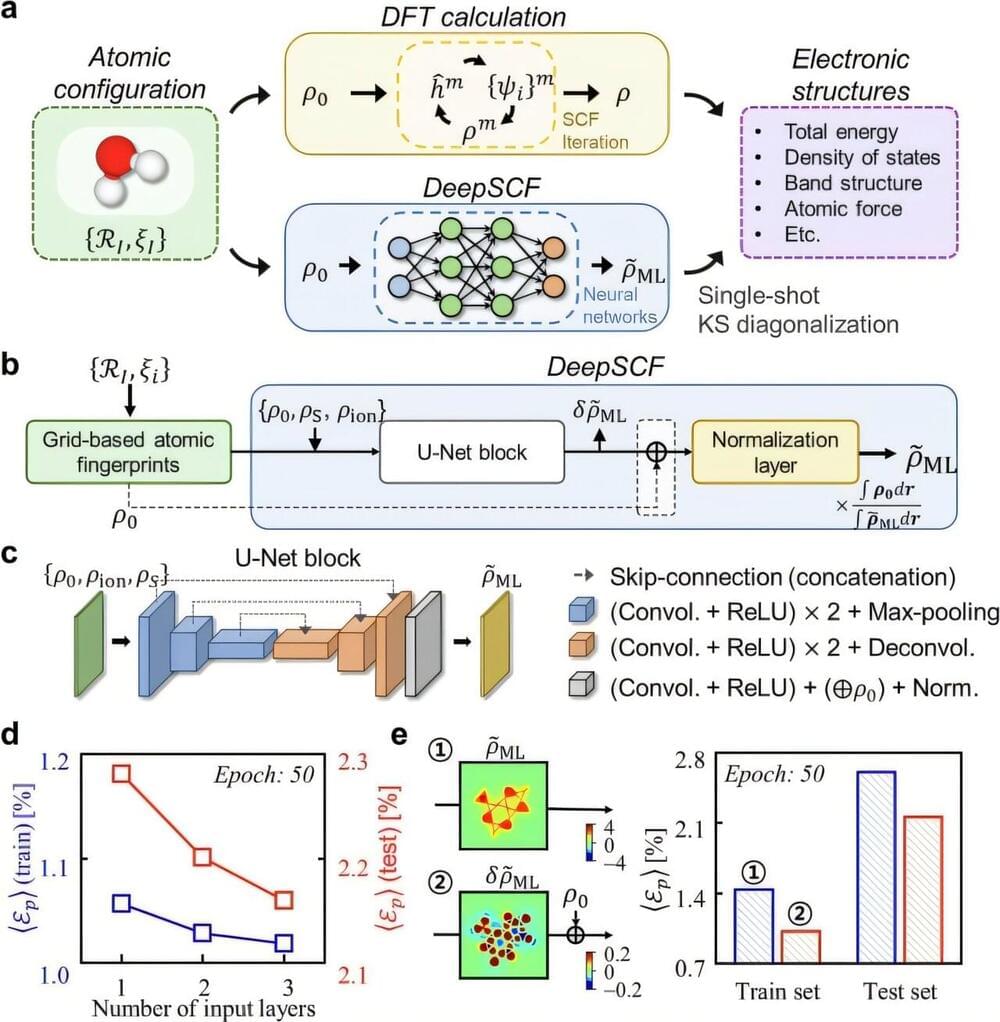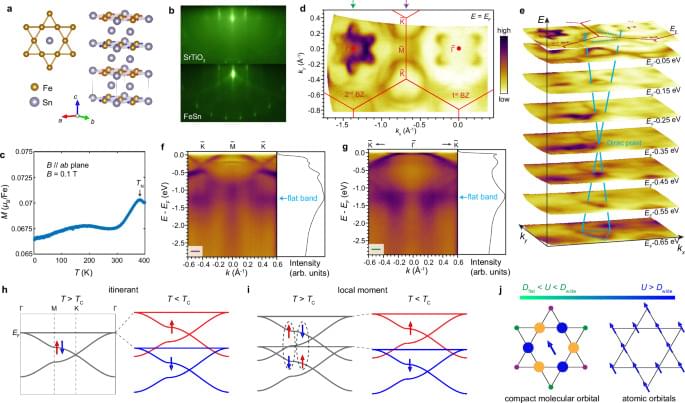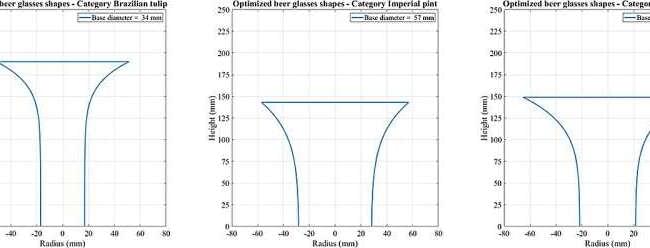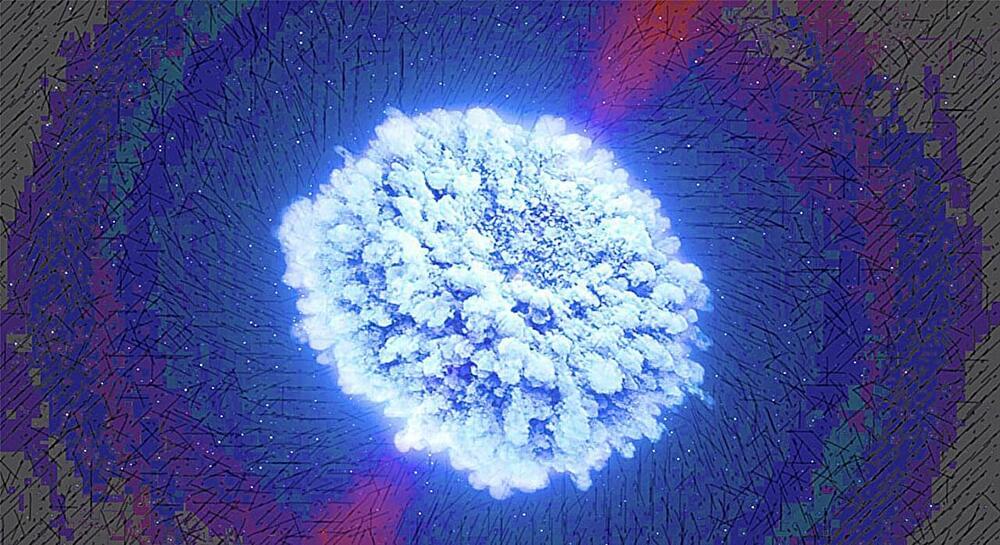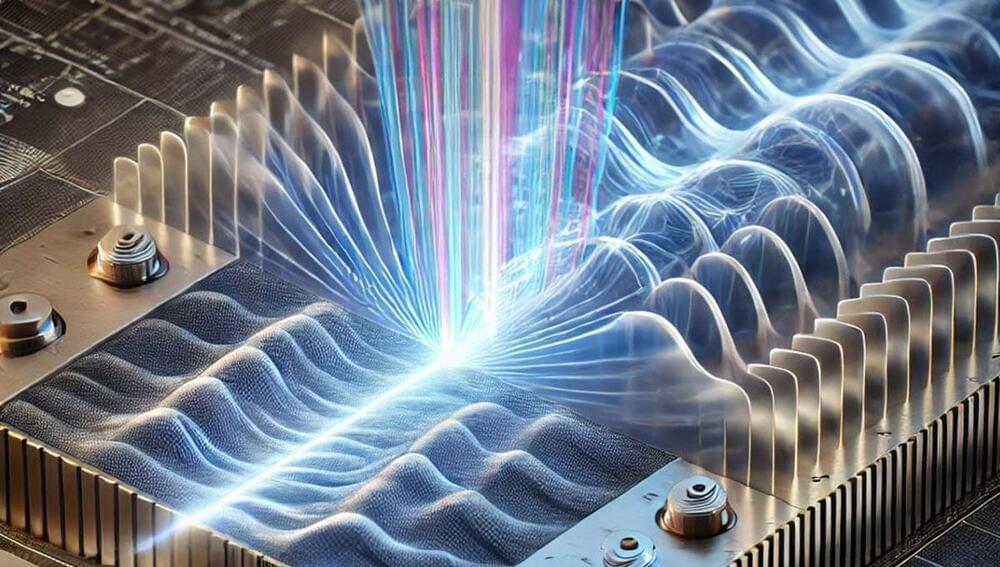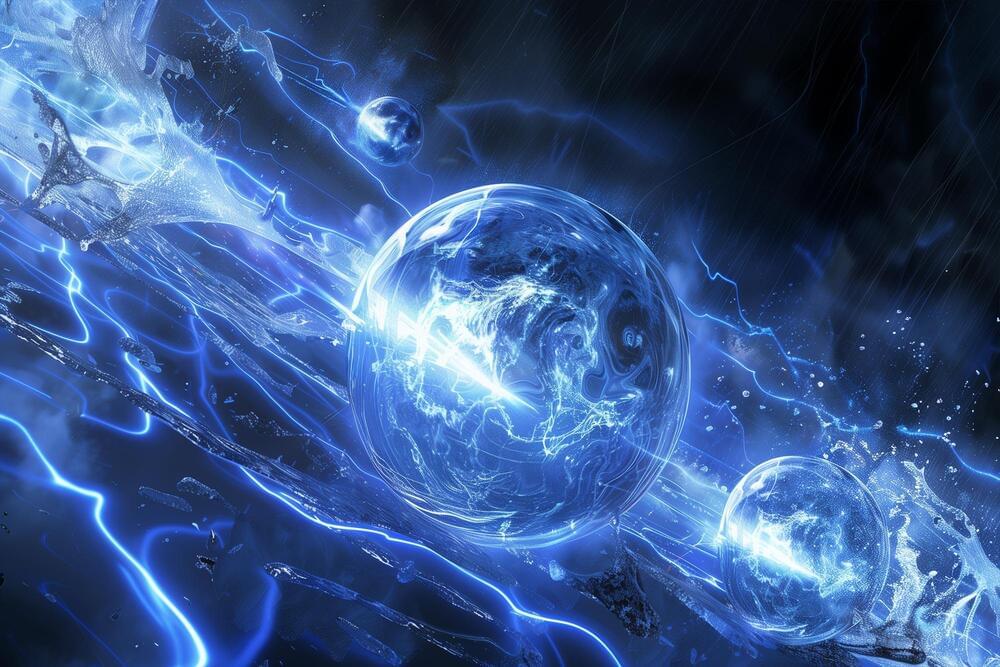Nov 9, 2024
Stochastic thermodynamics may be key to understanding energy costs of computation
Posted by Saúl Morales Rodriguéz in category: computing
Two systems exist in thermal equilibrium if no heat passes between them. Computers, which consume energy and give off heat as they process information, operate far from thermal equilibrium. Were they to stop consuming energy—say you let your laptop discharge completely—they would stop functioning.
